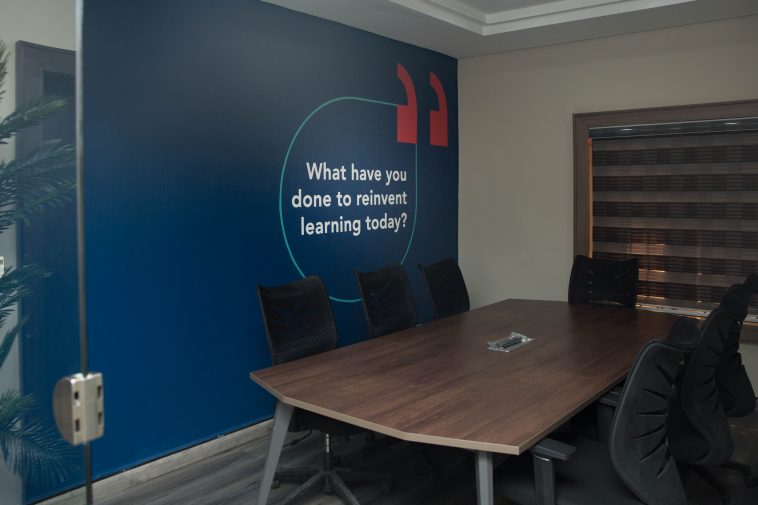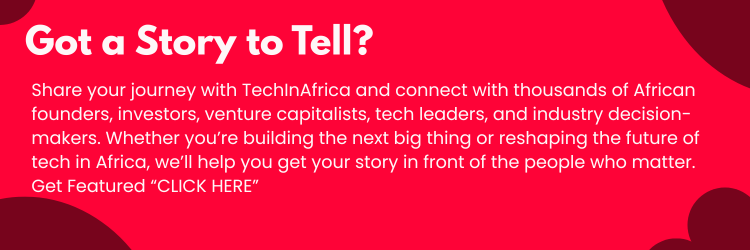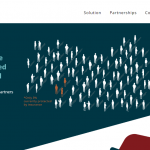Image credit: FlexiSAF
The covid19 challenge has seemingly led to a boom of opportunity for a more reserved sector in the tech space – ‘edtech’.
While most of us remember school as a brick and mortar building we attended each day, copied long notes and endured mundane lectures from a teacher using a black board, the educational landscape of today has advanced way beyond that to include hardware and software companies, investors and business people all over the world looking to fill gaps and opportunities in the market. This is a fast-growing global market which was initially projected to grow at 8% CAGR for 2020 but may end up being even higher due to the global COVID situation.
Here in Nigeria,- many schools were closed indefinitely due to the lock-downs triggered by the pandemic. We got hundreds of calls from concerned school owners, administrators and teachers within the first weeks asking about e-learning. In Fact, in less than a week of promoting an informative webinar about e-learning, FlexiSAF got nearly 1,000 organic sign-ups. This is quite unprecedented in our niche.
Understandably, most schools and teachers simply wanted to go online and resume activities -however, there were some key trends we noticed.
- The most popular concern on their end was high data costs and poor internet connectivity. This corroborates with results of a 2018 survey we ran while doing R&D for a product. Most teachers worried that they would incur high data costs and that their current internet connectivity rates wouldn’t be good enough to support video streaming and live classes.
- Low spending power/willingness to pay – most schools wanted a free platform and didn’t really care for advanced features. At least for now, the majority of schools have low willingness to pay for technology solutions that don’t directly yield returns or that they couldn’t charge back to the parents. Of course some schools are always ready to choose value and even make requests for such tools from their own initiative but, as you can imagine these aren’t the majority – we like to call them the ‘5-Star schools’.
- Staff capacity – Some administrators and teachers were concerned about their abilities to use certain tools to create content, administer assessments and so on. This is another area we’ve had to prioritize focus on when providing services.
So while reports of e-learning adoption increasing during this time are technically correct, those of us in the industry are more cautious about the sustainability of this so-called win. Are these real conversions or will they completely forget e-learning and go back to “business as usual” once it’s possible?
First things first there’s an important correction that needs to be made. E-learning was never intended to replace classroom learning – especially not for primary to secondary school levels but rather to supplement it and make it more effective – this is why the concept of blended learning exists; which is applicable in most other climes. Blended learning simply combines the best advantages of online and face to face learning for maximum efficiency.
In our context, E-learning can also be a potential solution for cutting costs in some understaffed rural schools where teachers and quality content is scarce. But in order to see any real retention and increased adoption in the market, schools and teachers need to be ready and qualified.
Some of the things Schools and E-learning providers need to be looking into post-COVID to keep the momentum going:
- A good part of edtech funds and budgets should be spent on training and building capacity of teachers rather than creating or purchasing solutions that can’t be properly utilised. There’s also an opportunity here for edtech organisations to integrate this tech capacity development into their product.
- Partnerships with internet service providers and government agencies on special tariffs or low consumption rates for certain types of contents and websites, and for educational institutions and students. Already this is applicable in countries across the world and it’s a smart model to adapt.
- Less data-intensive infrastructure, for example trying creative offline products, hardware, low data platforms, alternative forms of learning content and so on. By alternative forms of content here we mean a variety of audiovisual and textual learning content which are not necessarily videos. Creating these options will require more people who are experienced in instructional design and e-learning fundamentals.
- Partnerships between parents and schools – In our climes, parents are more willing than schools to spend on added-value learning for their kids. There are several approaches to exploring this high potential. B2C where edtech producers target kids through their parents as primary decision makers is a relatively simpler route. The disadvantage is that learning on these types of platforms is usually unstructured especially for the younger kids. B2B option gives a better chance to provide a blended learning experience that tallies with school activities and curriculum. However like we’ve observed, many schools will only adopt a solution if they have the parents financial support so adopting a model which involves parents and the schools is also a way to explore.
- Involve tertiary institutions – So far, tertiary institutions such as universities and polytechnics haven’t been a focus of e-learning providers. Having worked with a few, some of the major hurdles that come with this terrain are often administrative and political in nature. There’s a need to get all stakeholders together perhaps on the governance level and make progressive decisions.
E-learning and education technology as a whole have huge potential as a tech business while providing a direct solution to problems in our education system. The question now is how to make it more viable and profitable as a market and to open the playing field for more enterprises to innovate freely in the coming years.





